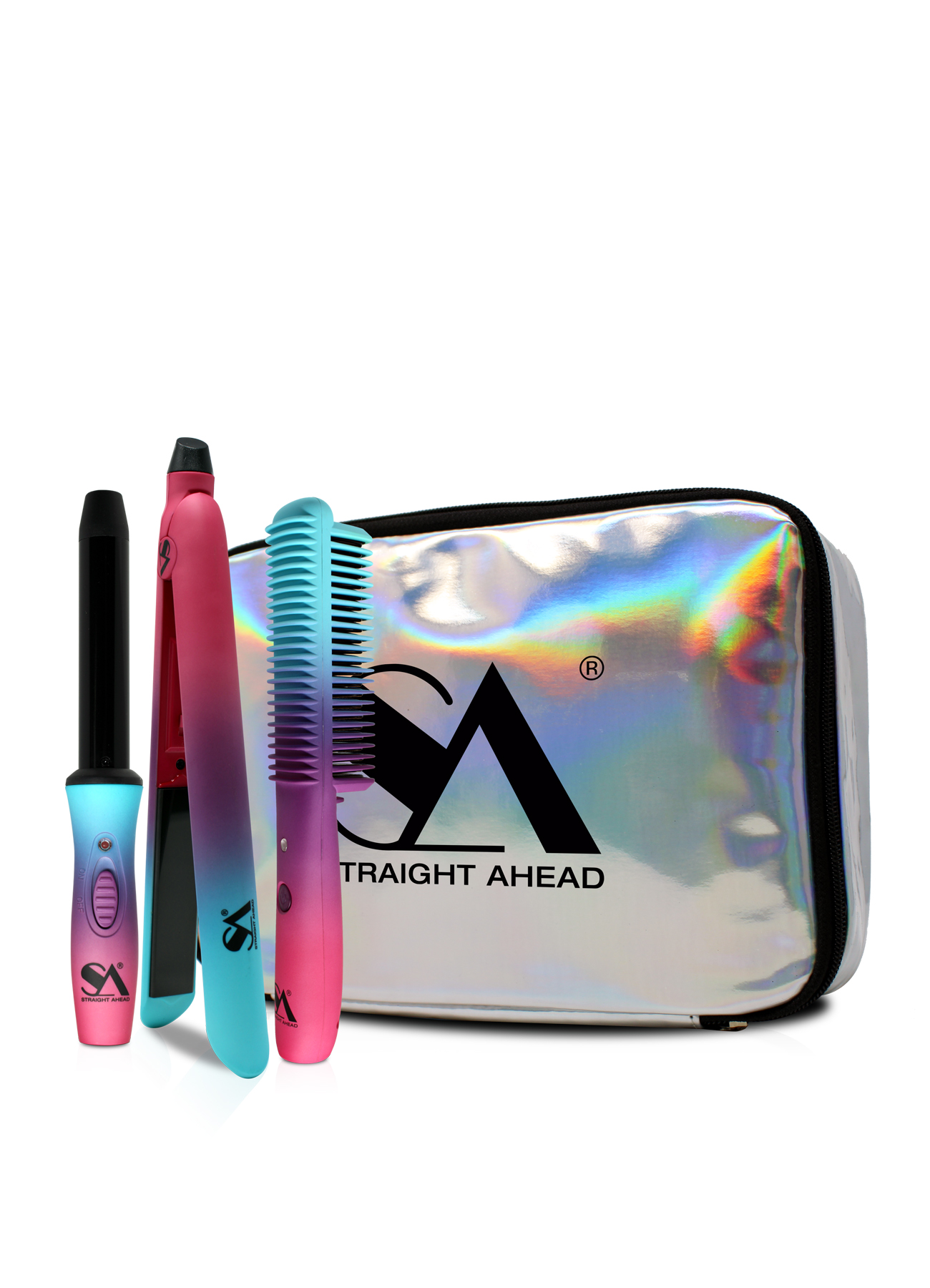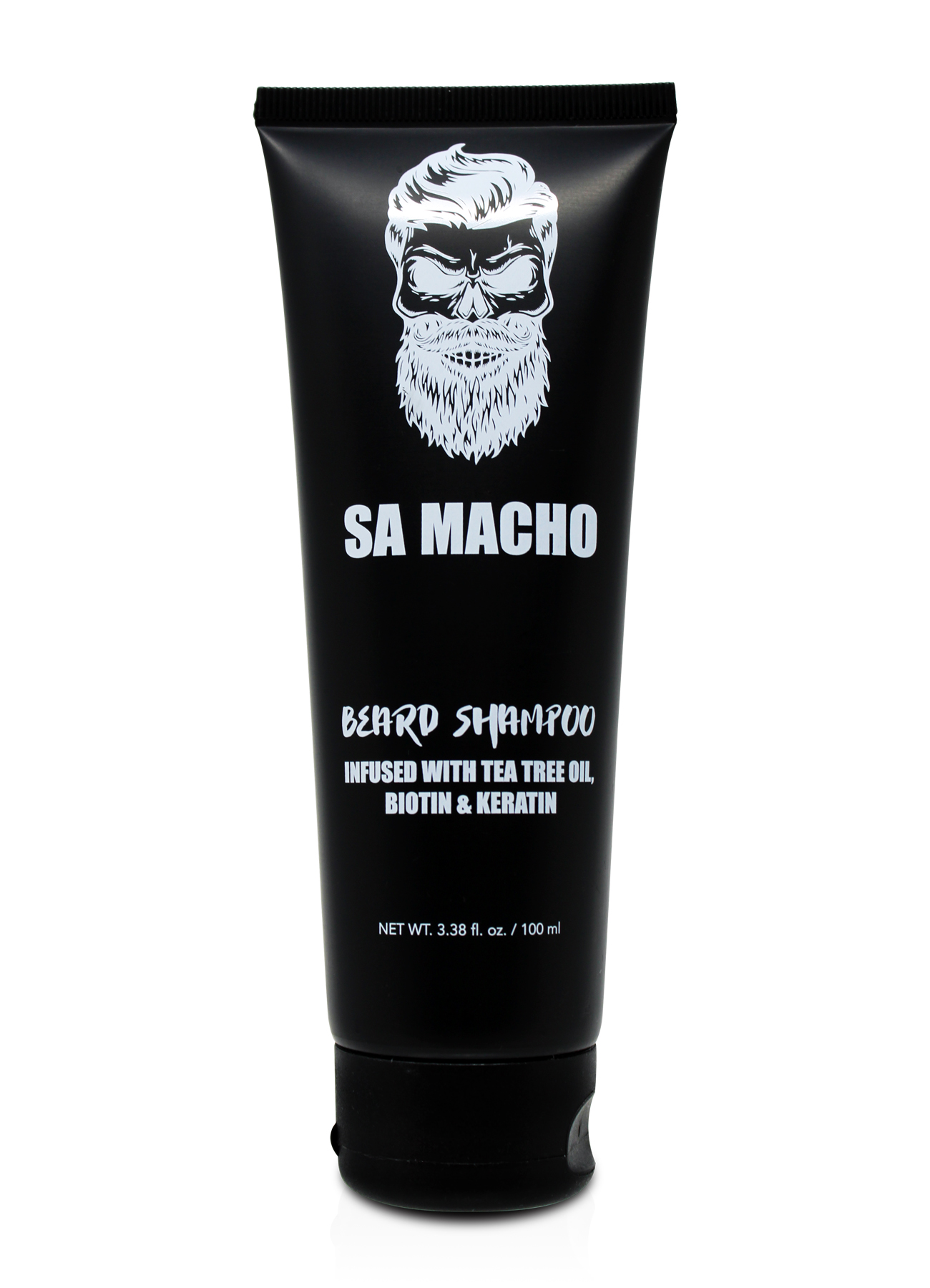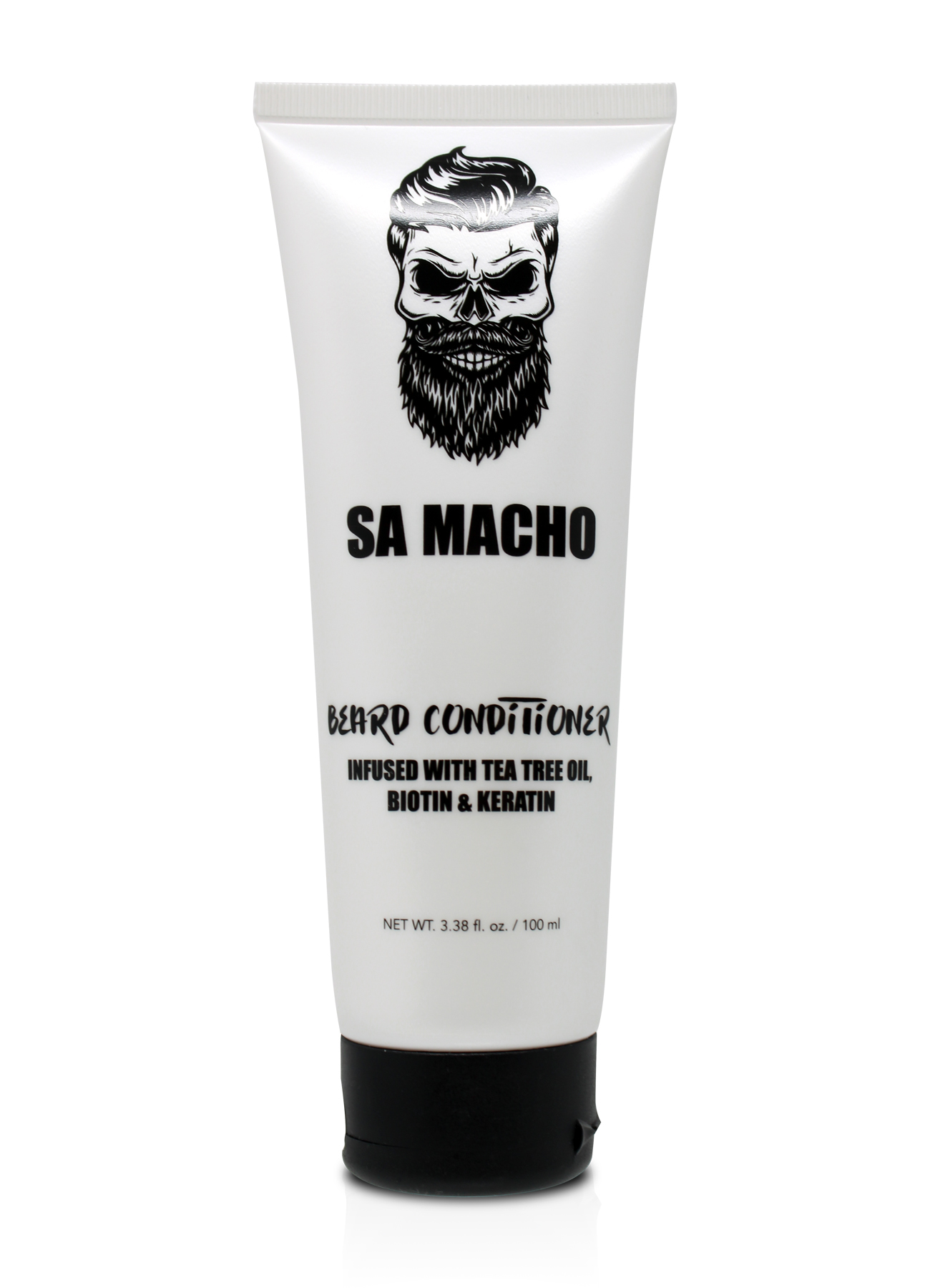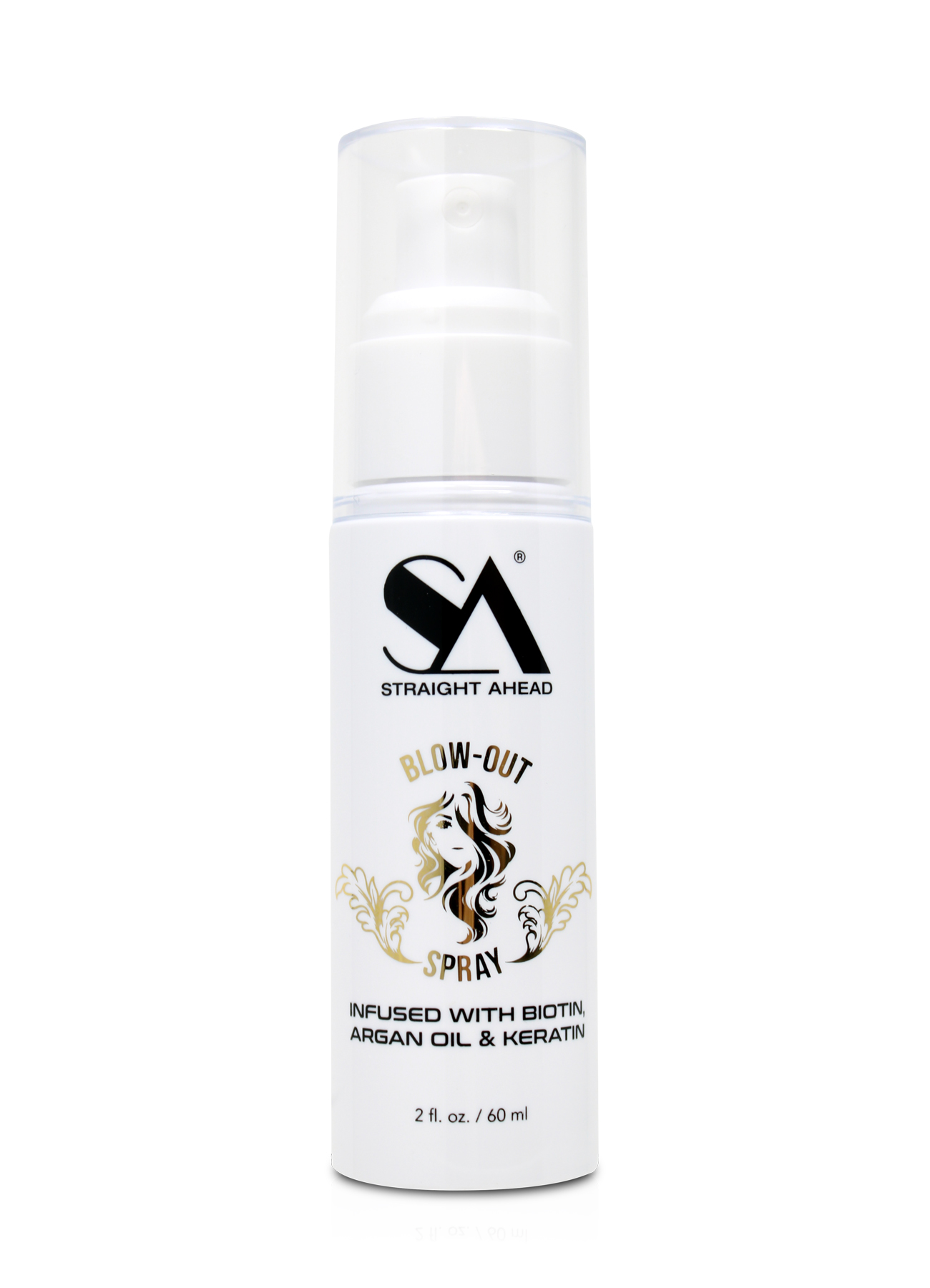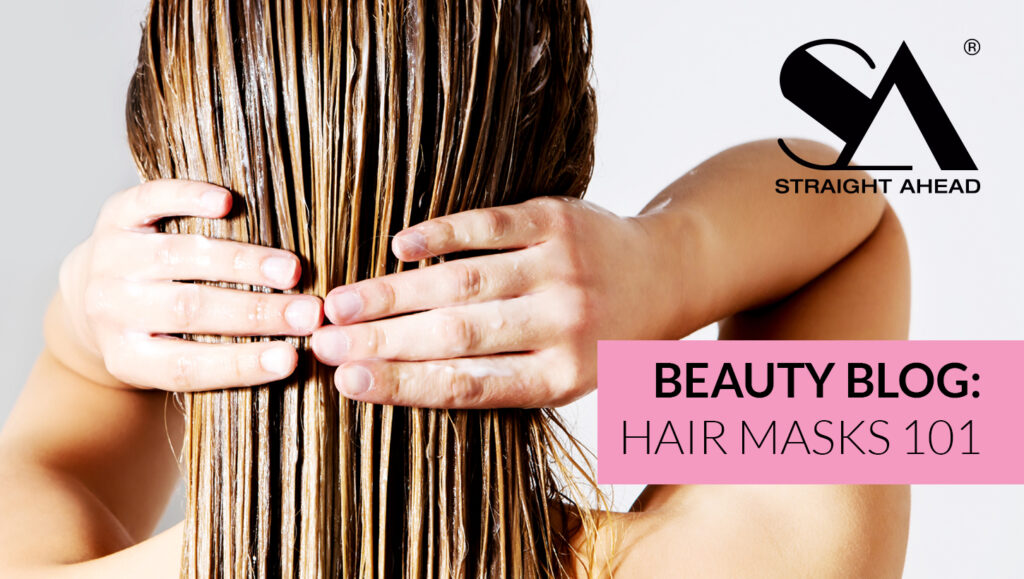
Hair masks are an excellent addition to your hair care routine because they seal the hair’s cuticle, preventing damage from entering the innermost layers of the follicles. Sealing the cuticle also adds a smooth, soft, shiny finish to your hair!
One of the biggest determining factors for choosing a mask should be by first understanding your hair and its specific needs. Don’t worry, we will help you figure out what those are…
Identifying your hair type is simple and is based on a combination of: density, strand diameter, porosity, greasiness, elasticity and texture. We’ll break it down for you…
Density– refers to how much hair you have on your scalp. This is one of the most important factors in determining what type of hair mask, so we’ll start here.
You can determine the density of your hair by grabbing a handful and pulling to the side to reveal your scalp:
- If your scalp is highly visible, then you have thin density hair.
- If your scalp is only partially visible, then you have medium density hair.
- If your scalp is hardly visible, then you have thick density hair.
Diameter – is the size of an individual strand of hair.
This can be determined by taking one strand between the pads of two fingers:
- If you can barely feel it, your strands are thin/fine diameter.
- If you can somewhat feel it, your strands are medium diameter.
- If you can definitely feel it, your strands are thick diameter.
Porosity– is the hair’s ability to absorb and retain moisture (i.e. the products you use on it).
You can determine your hair’s porosity by placing one strand in a cup of water:
- If the strand sinks, your hair has a high porosity, which means it’s more prone to damage and frizz.
- If the strand balances somewhere between floating and sinking, you have normal or medium porosity. Your hair is generally less prone to damage and can hold its style better.
- If the strand floats, you have low porosity. This means there are less holes or gaps in your cuticle, resulting in the hair being less absorptive and will often stay wet for hours after washing. Good news, your hair is pretty healthy!
Greasiness– this one’s pretty obvious, but it refers to the amount of oil production on your scalp.
The day after washing your hair, take a tissue and press it around your scalp:
- If the tissue is saturated with oil, you have greasy hair.
- If the tissue only has oil from specific areas on your scalp, you have combination hair.
- If the tissue is oil-free, then you have dry hair and scalp.
Elasticity– is a great indicator of hair’s health. The more a strand of hair can stretch before returning to its original state (without breaking) refers to how elastic the strands are.
To determine this, pluck a wet strand of hair and stretch it as much as possible. (Think of it like stretching a rubber band.):
- If it stretches a lot, your hair has high elasticity.
- If it stretches a little bit before snapping, you have medium elasticity
- If it hardly stretches before snapping, you have low elasticity.
Texture – this you may be more familiar with. Determining your texture is as easy as looking in the mirror at your hair in its natural state.
- Textures include straight, wavy, curly and coily.
USAGE
Now that you’ve identified the different components of your hair type, it should be easier to pick a hair mask that will give you the most benefits. Once a week is all you need! If possible, carve out an hour, once a week, dedicated to using a hair mask
Pay attention to your hair’s specific needs. If you have damaged ends, but your roots are greasy, only apply the mask to the mid-lengths and ends (avoid the scalp region!). On the contrary, if your hair is parched from root to tip, apply the mask all over.
Apply to wet or dry hair! Make sure to pay attention to the directions and wash off after the recommended amount of time.
Comb the mask through your hair with a wide tooth comb to ensure every strand is saturated (concentrating on the ends). Be extra gentle so as not to tug or break any strands.
Apply the mask in a downward motion so as not to expose or roughen up the cuticle. The idea is to seal it down, keeping your hair sleek and smooth.
Lastly, a Reversible Shower Cap is a masking must-have! Flip it inside out so the terrycloth is on the outside. The nylon lining will help insulate the mask and help it deeply penetrate your hair.
We hope these tips help you to identify your hair type, the perfect mask for you and some tips and tricks to help you get the maximum benefits from your mask!
Do you have any additional tips and tricks you have for using hair masks? We’d love to hear them! And if you still have any questions about choosing the right mask, please let us know!


